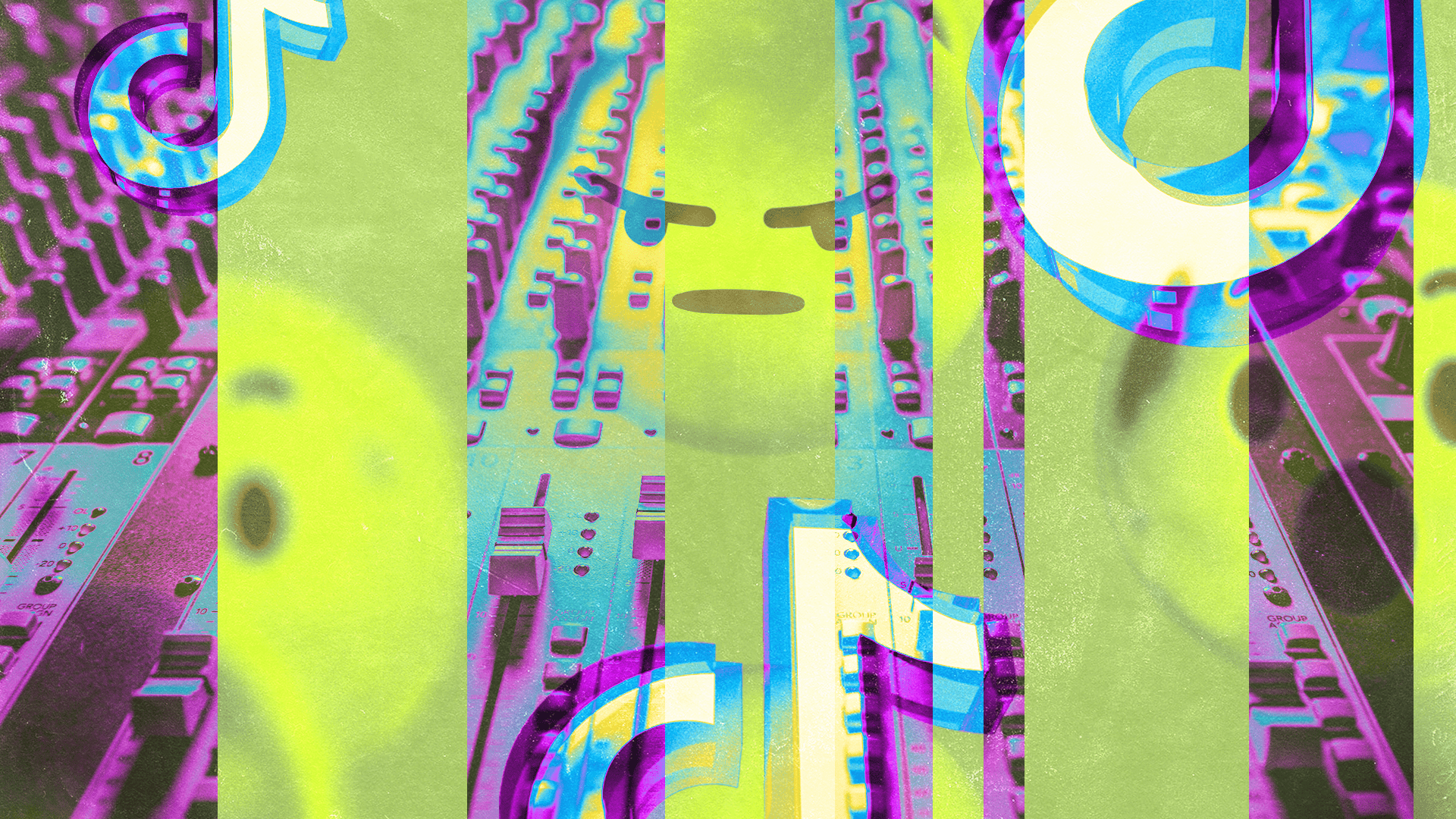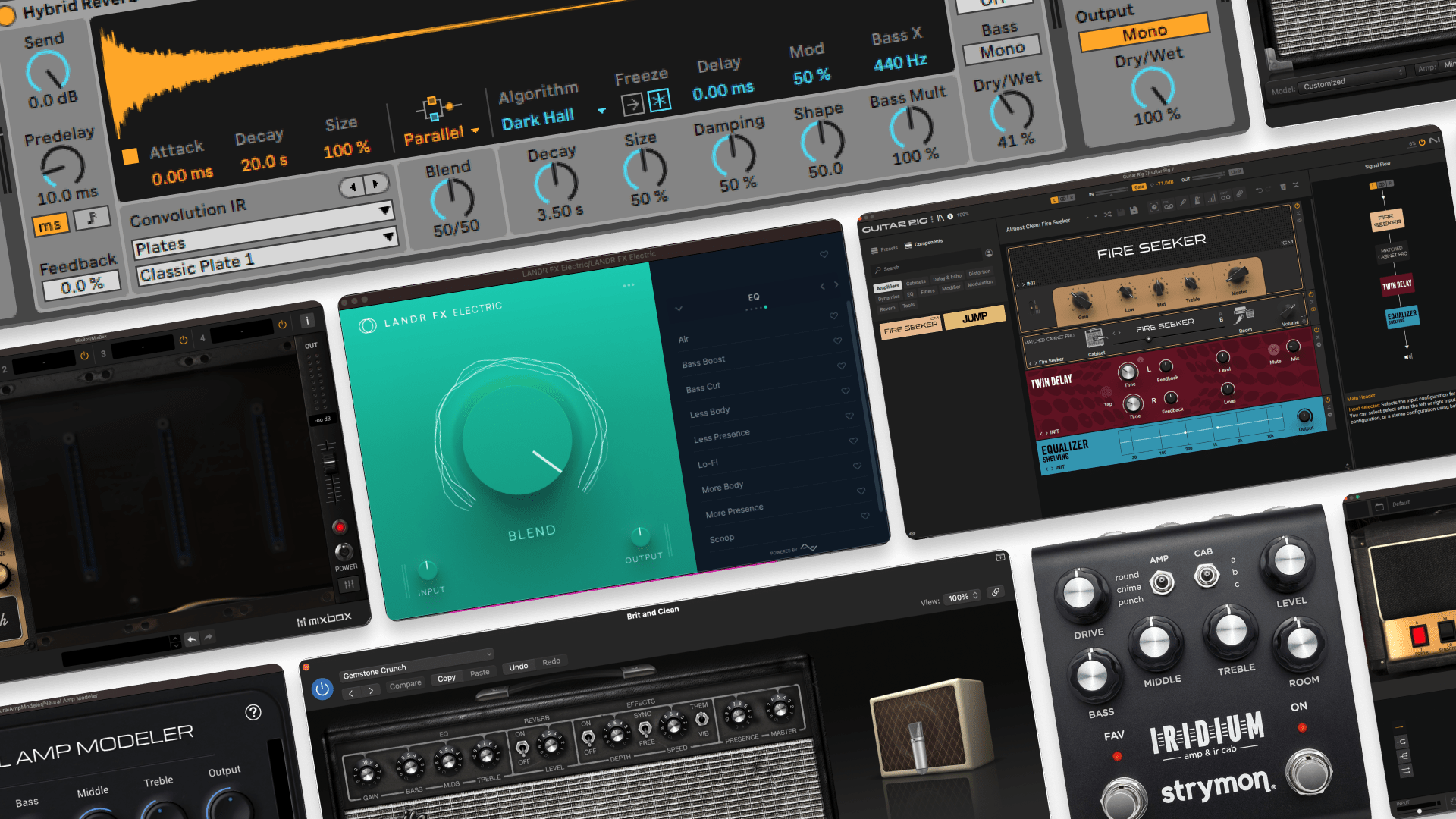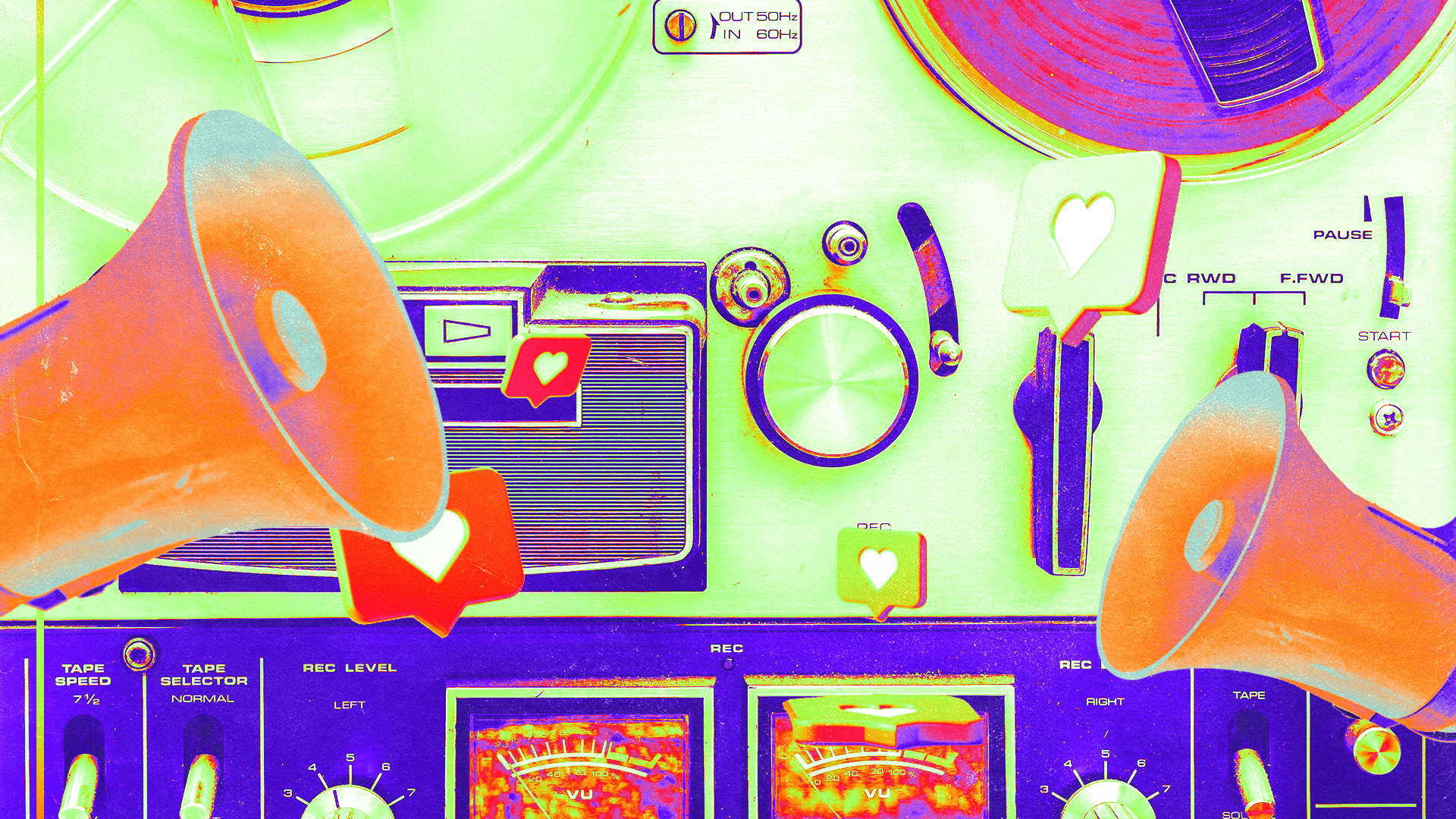
Hard Truths: Your Ideas Aren’t as New as You Think

Innovation is impossible to generate on command.
Even when a new development seems obvious in hindsight, connecting the dots for the first time is always a struggle.
Truly new ideas are so rare that skeptics are resigned to the attitude that everything worth doing has already been done.
And in a sense, they’re right. We’re still using many of the same musical gestures and conventions that were popular hundreds of years ago.
But you shouldn’t find that information discouraging.
The musical ideas that show up again and again through the centuries persist because they’re deeply meaningful for our lives—then and now.
My flipside to this hard truth is that the music of the past is one of the best places to find inspiration if you know how to look.
The long view
Let’s get one thing straight. When I say “the past” I don’t mean last year’s hottest trend in bassline production.
I’m talking about a long view of music history that includes all eras of music.
When you look at it this way, it’s easy to see that music has developed over time. One of clearest examples comes from the evolution of musical harmony.
The music of the past is one of the best places to find inspiration if you know how to look.
The earliest western music had strict conventions for what musical intervals were considered pleasing to hear together in harmony.
It might surprise you to learn that only unison, perfect fourths, fifths and octaves sounded “consonant” to the earliest composers.
That’s right—the sweet sounding thirds and sixths that are essential for today’s happy major scales and chords were considered too tense and grating for ancient ears.
As music developed, composers and listeners gradually got comfortable with more tension in their chords and progressions.
Today, we barely notice dissonances that would have made the hair stand up on a medieval musician’s neck.
And if modern trends in pop production are anything to go on, musical development may be moving beyond harmony altogether.
Youtuber Inside the Score makes the case that modern listeners are more sensitive to sonic texture than ever before.
It’s convenient to say that nothing new ever happens if you want to be pessimistic about music.
But if you expand your view to include more of music history, that argument doesn’t hold up.
The benefit of hindsight
Even if it’s a flawed position, there’s something oddly compelling about the sense of hopelessness in this viewpoint.
Maybe that’s why it never seems to go away.
But there’s another reason you should avoid falling into the trap.
Those who claim “it’s all been done before” say so because it’s difficult to see what’s coming next before it actually happens.
That attitude is unproductive, but it can also be dangerous to your creativity.
If you truly believe there’s nothing left to create, you close yourself off to the possibility of innovation.
Some of the biggest breakthroughs in music history seem obvious from today’s perspective.
Some of the biggest breakthroughs in music history seem obvious from today’s perspective.
I’m talking about ideas like sampling existing records to make new music or the rediscovery of forgotten drum machines for dance music.
But try to imagine yourself in the position of someone making music before those developments took place.
Those game changing concepts might never have occurred to you!
Making yourself open to new ideas takes a commitment to optimism about the future. It’s a strange paradox.
Drawing from the well of history
Despite all that, it’s still clear that many of the features of modern music are pretty old.
Conventions like verses and choruses date back to the music that accompanied ancient Greek drama.
These recurring themes may make it seem like we’re doomed to repeat ourselves.
But all it really means is that the music of the past will always have something important to say about our lives today.
There’s so much to gain from learning to appreciate it.
Making yourself open to new ideas takes a commitment to optimism about the future. It’s a strange paradox.
Once you open the door to music of different time periods, you’ll find wellsprings of inspiration everywhere you look.
Maybe you’ll fall in love with the impressionist chords of the late romantic period or the tight vocal harmony of the early country singers.
Or maybe you’ll latch on to the bold experimentalism of musique concrète.
There’s so much to explore that you’re bound to find something that speaks to you.
New to you
Keeping up with the hottest trends is exhausting. It’s easy to fall into a creative rut when you’re struggling to stay on pace with today’s musical developments.
But despite what skeptics say, innovation is always possible. And you don’t have to be on the bleeding edge to experience it.
Whatever part of music history strikes you, you’ll always have an untapped source of inspiration if you take the time to look back.
Just remember, no one knew what was coming next before it happened!
Gear guides, tips, tutorials, inspiration and more—delivered weekly.
Keep up with the LANDR Blog.


